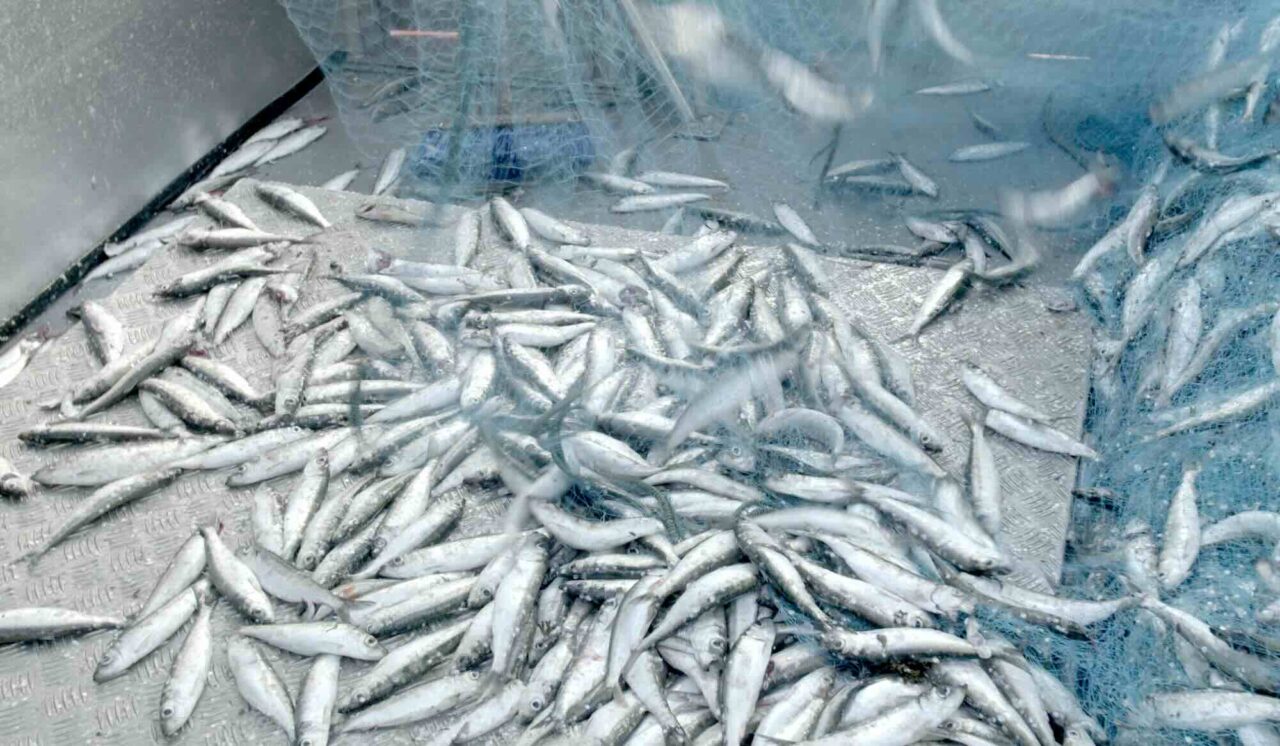
The Norwegian Directorate of Fisheries and Coast Guard recently carried out a number of inspections on Norwegian herring trawlers in the south-eastern North Sea, and the results are alarming.
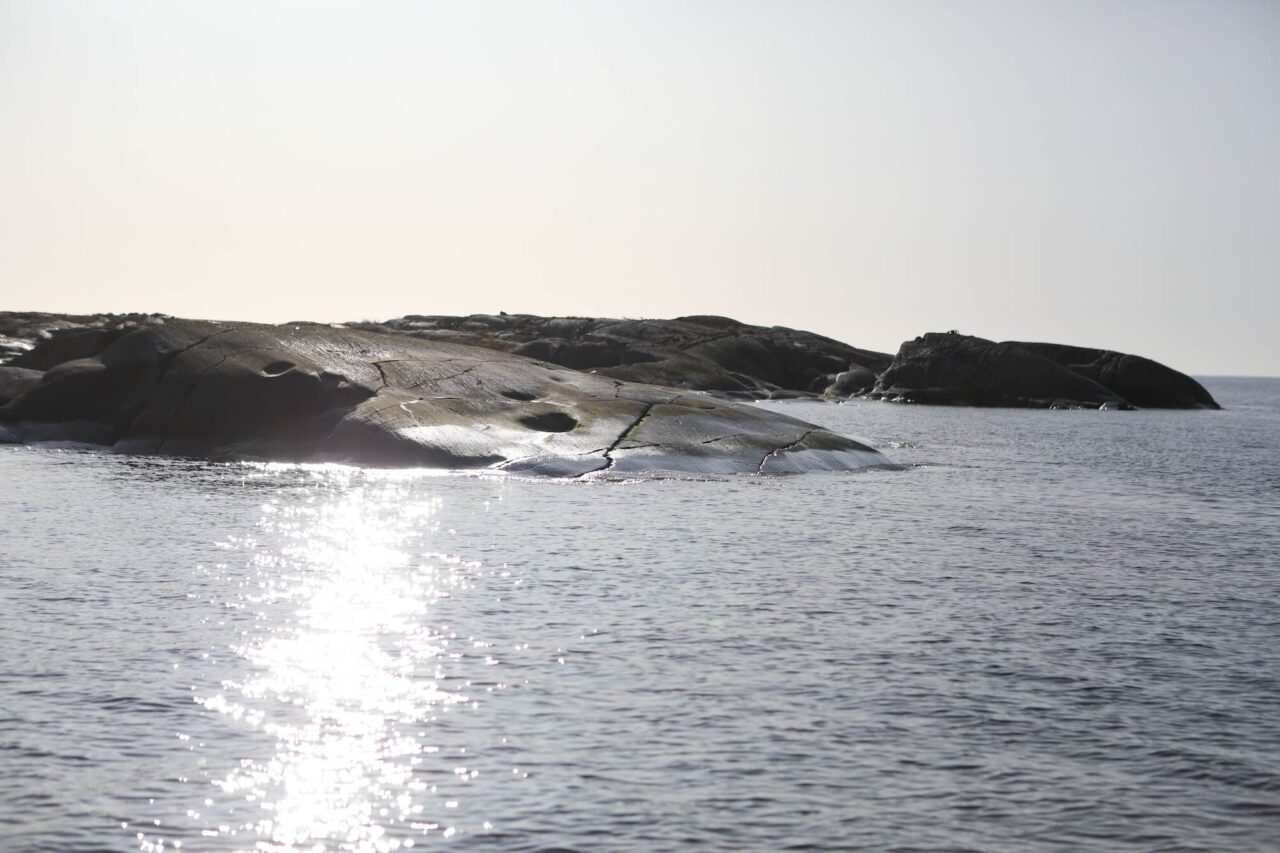
I am now forbidden to fish for cod and the pike has disappeared from my bay. I'm looking for scapegoats. Who is responsible for the condition below the surface in the Baltic Sea? Small-scale professional fishermen along the east coast have been raising the alarm for several years that the herring has declined sharply. At the same time, the large-scale trawling in the open sea has continued to catch large quantities, which have gone directly to the fishmeal factories in Denmark.
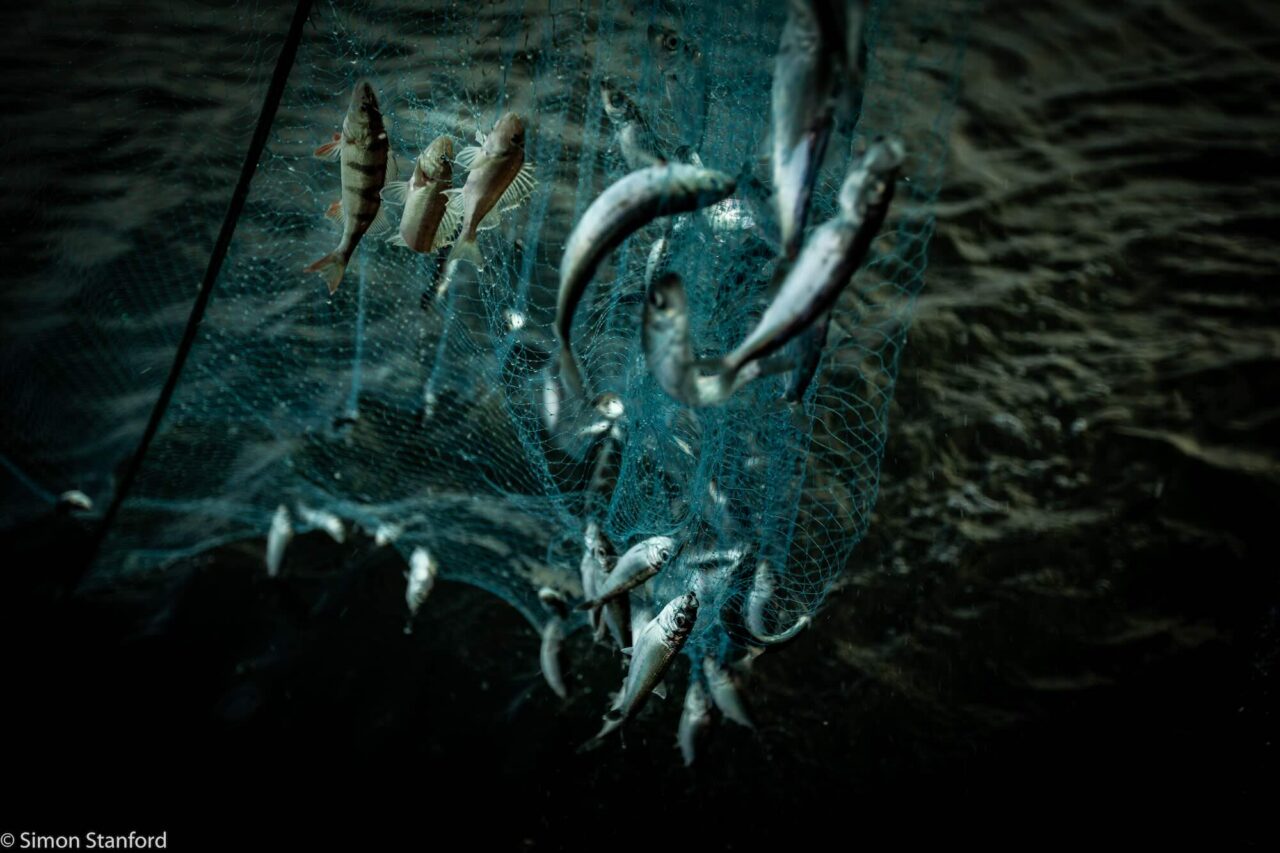
Deep Sea's attention-grabbing film "The Power of the Sea" has set the debate about large-scale fishing in the Baltic Sea in high gear. In the days after Sunday's premiere on SVT, politicians, researchers, and environmental organizations have condemned the EU Council of Ministers and Sweden's Minister of Fisheries. The debaters claim that the ministers' decision, which is against the EU's fisheries law, threatens the herring in the Baltic Sea.
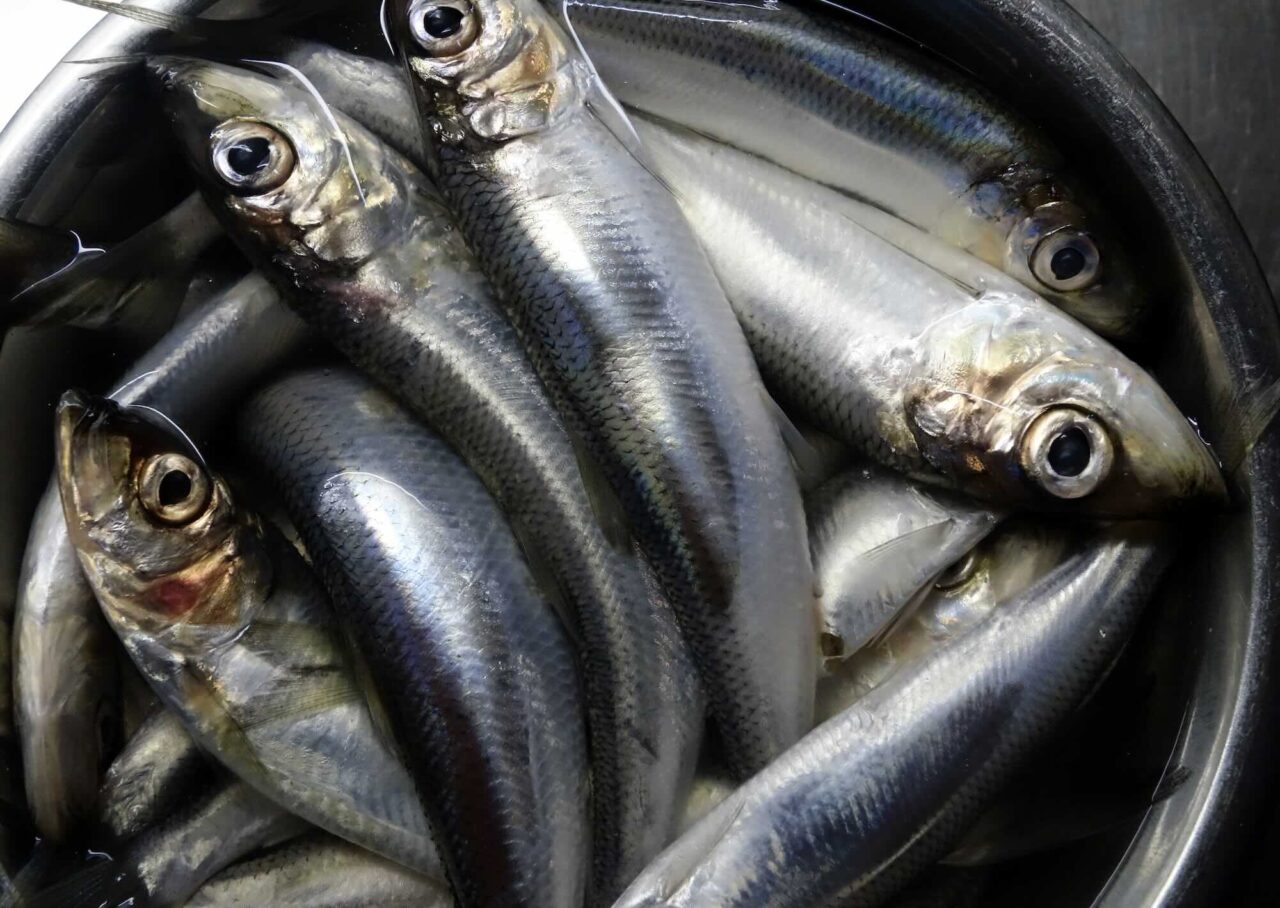
Attempts to change fishing rules after the fact are rejected by the EU Parliament. Now L wants the government to "step up" the protection of the stream - despite the government's satisfied expression on this year's quota decision.

Axel Wenblad, is former director general at the Swedish Fisheries Agency. He was interviewed in Peter Löfgren's latest documentary "Power over the sea". After the film, he got angry and wrote an open letter to Minister for Rural Affairs Peter Kullgren. This is the letter;
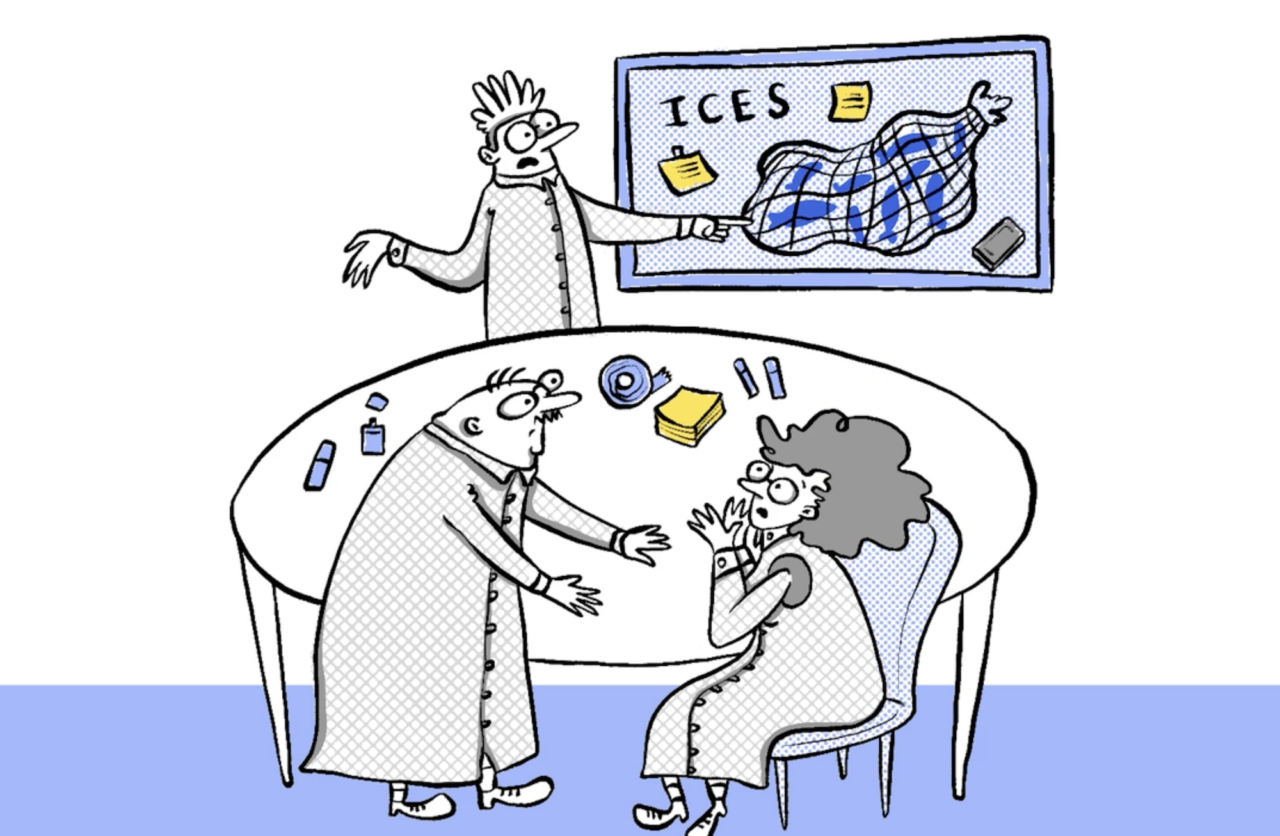
The EU fisheries ministers have in a compromise agreed on this years herring fishing in the Baltic Sea next year. As usual, we can continue to fish, despite the fact that, according to many observers, the herring are running out. But there is one law that the ministers seem to forgotten about, which could lead to them having to tear up this year's compromise. Paragraph 4.6 of the EU's multi-year management plan for the Baltic Sea (MAP).
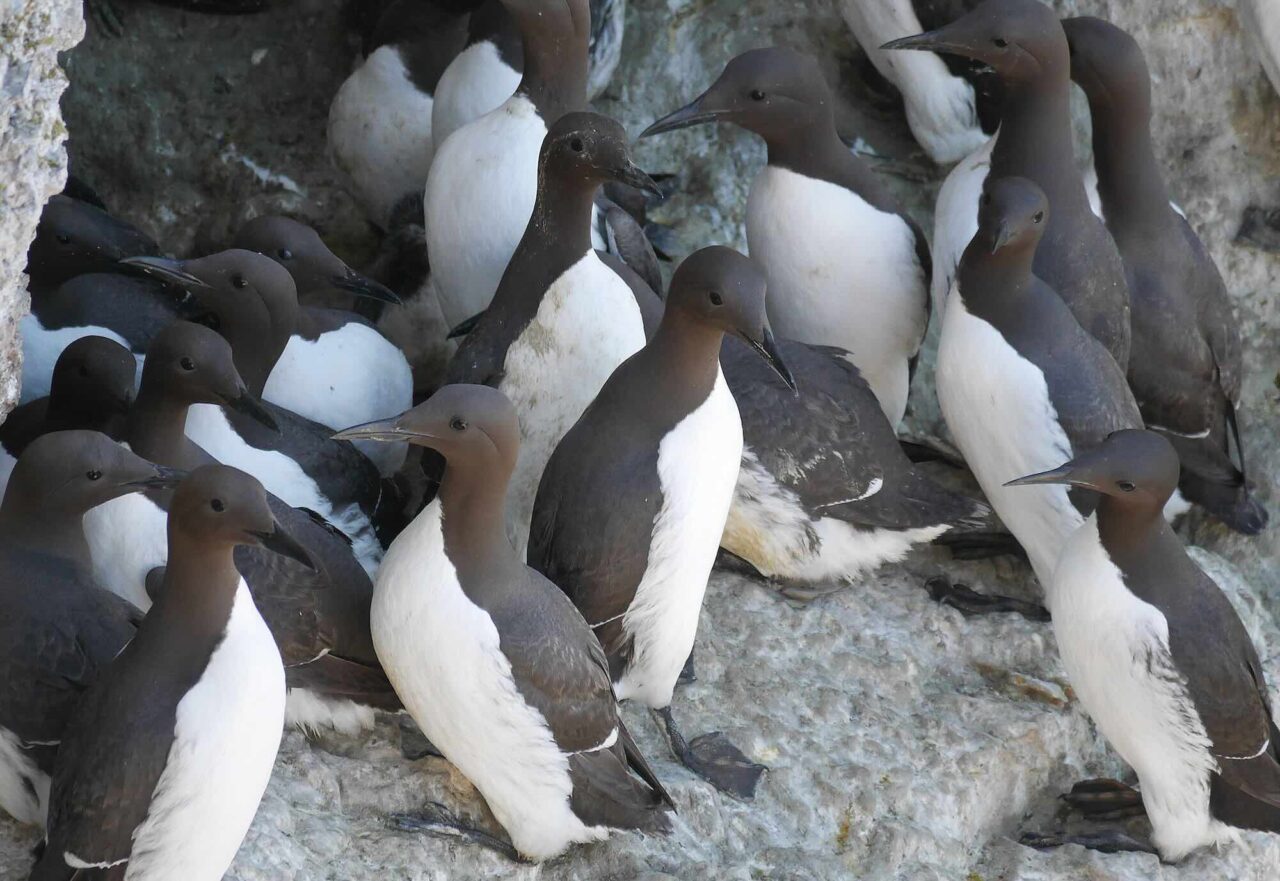
Leaner cods, guillemot, and seals. Sluggish and red-spotted salmon. Several of the Baltic Sea's large animals are being pressured by ill health and new environmental toxins, according to a new report. But for several species it is going quite well – and for one the development is a pure success story.
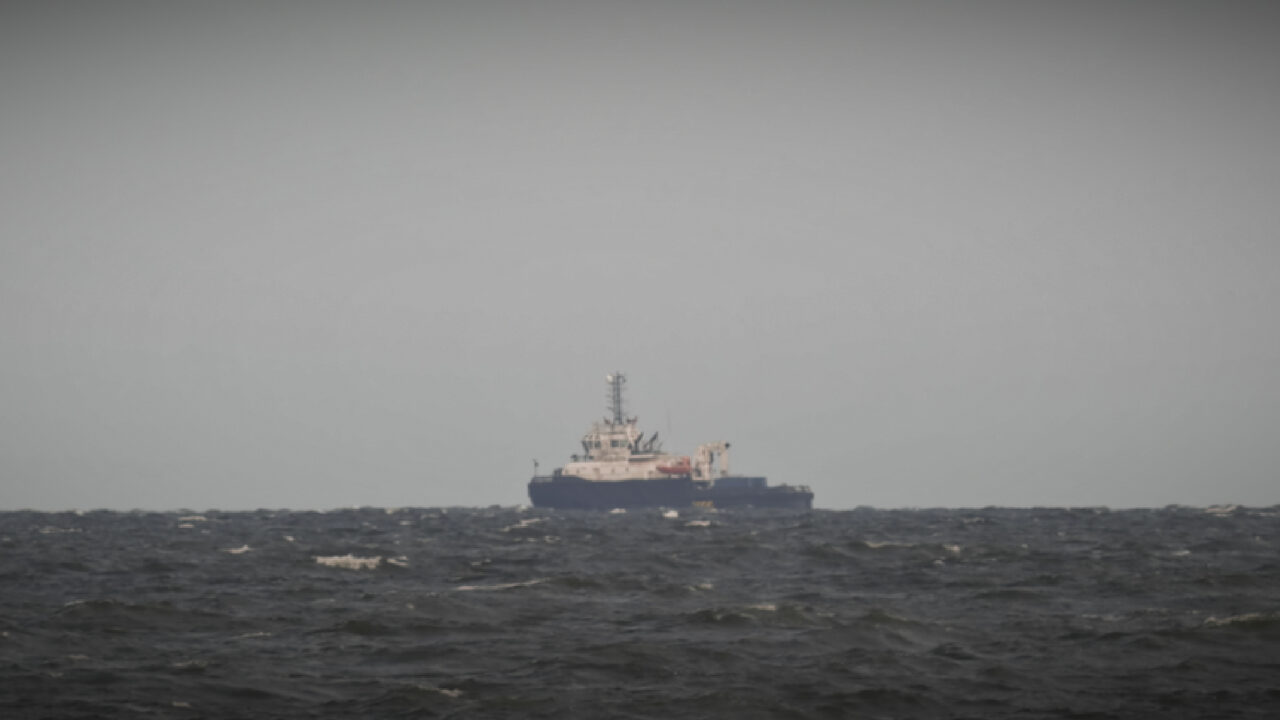
The fish are running out, the herring and the baltic herring are threatened and the cod is almost completely gone. When there is a competition for the little fish left, many people want to blame the seal. Both that it eats too much of "our" fish and that it destroys our fishing gear. But how is it really? Does the seal eat more than we do, and what does it actually eat? We asked some seal researchers.

A battle for fermented Baltic herring and small fishermen, the government believes when it now takes up the fight against the EU Commission's proposal to stop herring and sturgeon fishing in the Baltic Sea. Heavy night mangling awaits in Luxembourg.
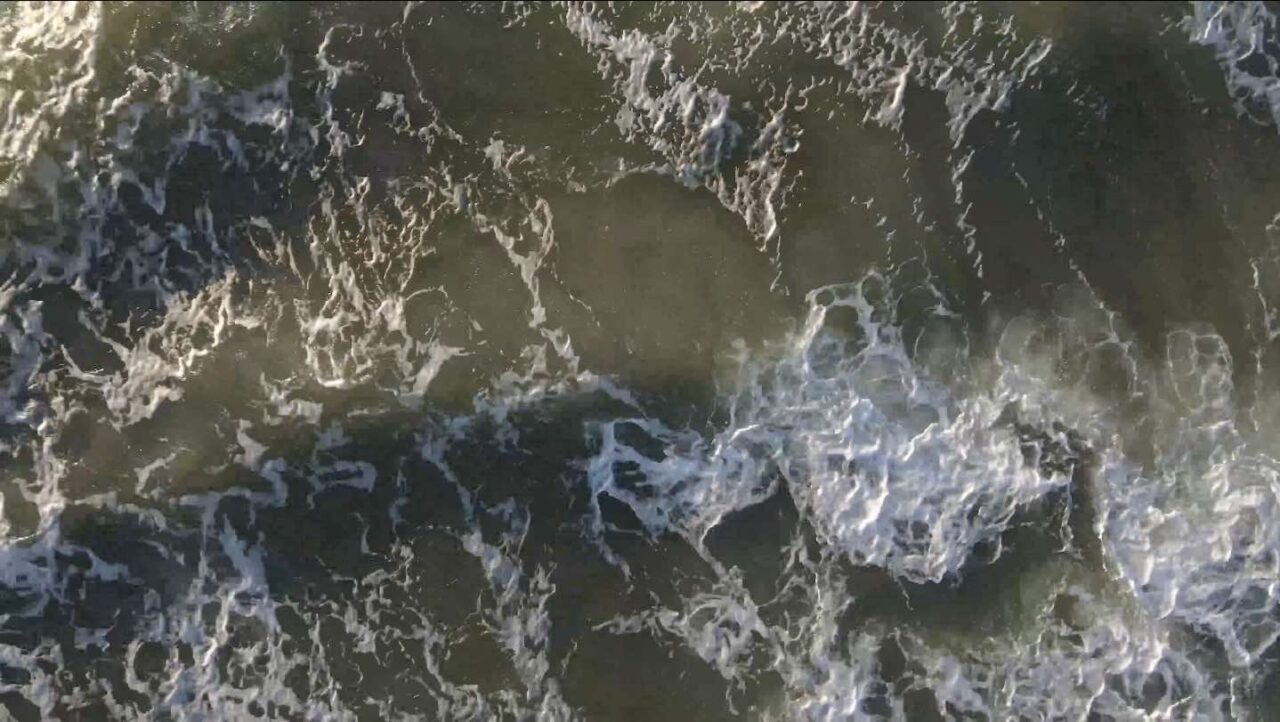
The New Economics Foundation think tank was able to show in a report already in 2019 that EU countries took 300,000 tons more fish into the sea than the researchers in ICES recommended.
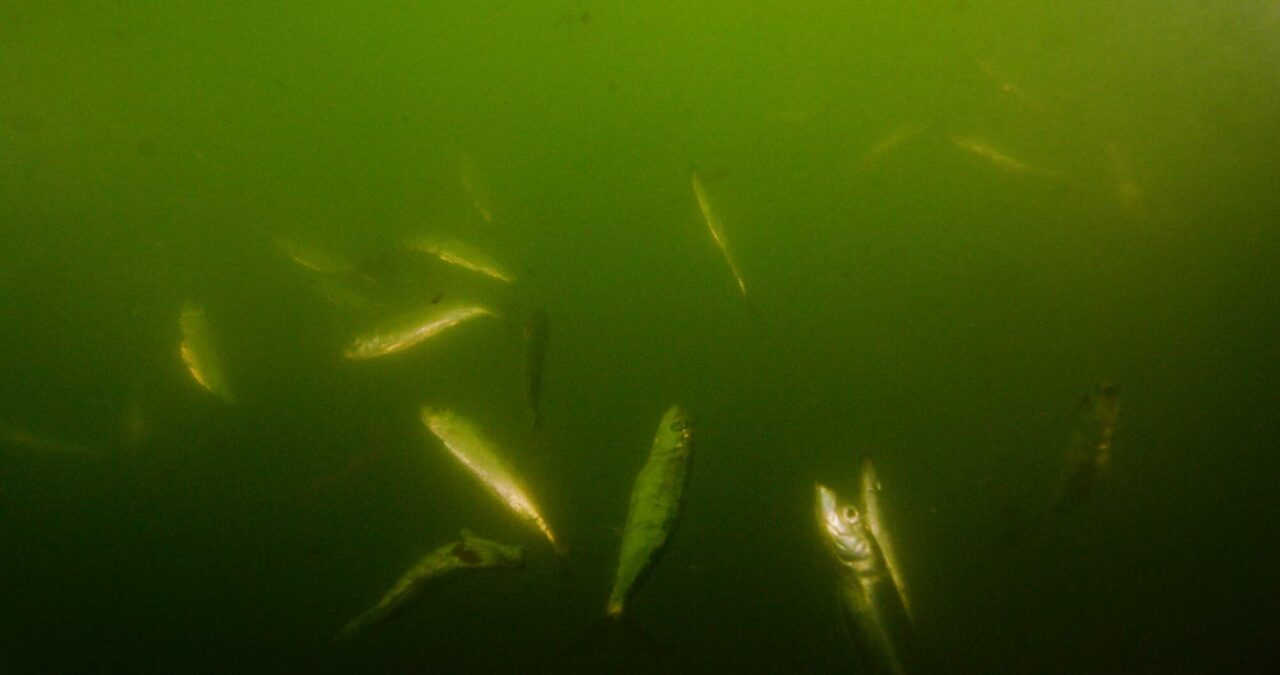
Several stocks of the Baltic herrings in the Baltic Sea are seriously threatened according to the World Wide Fund for Nature's latest Fish Guide. The Baltic herring is an engine in the ecosystem and when the stock shrinks, it has consequences, says fishing expert Inger Melander.
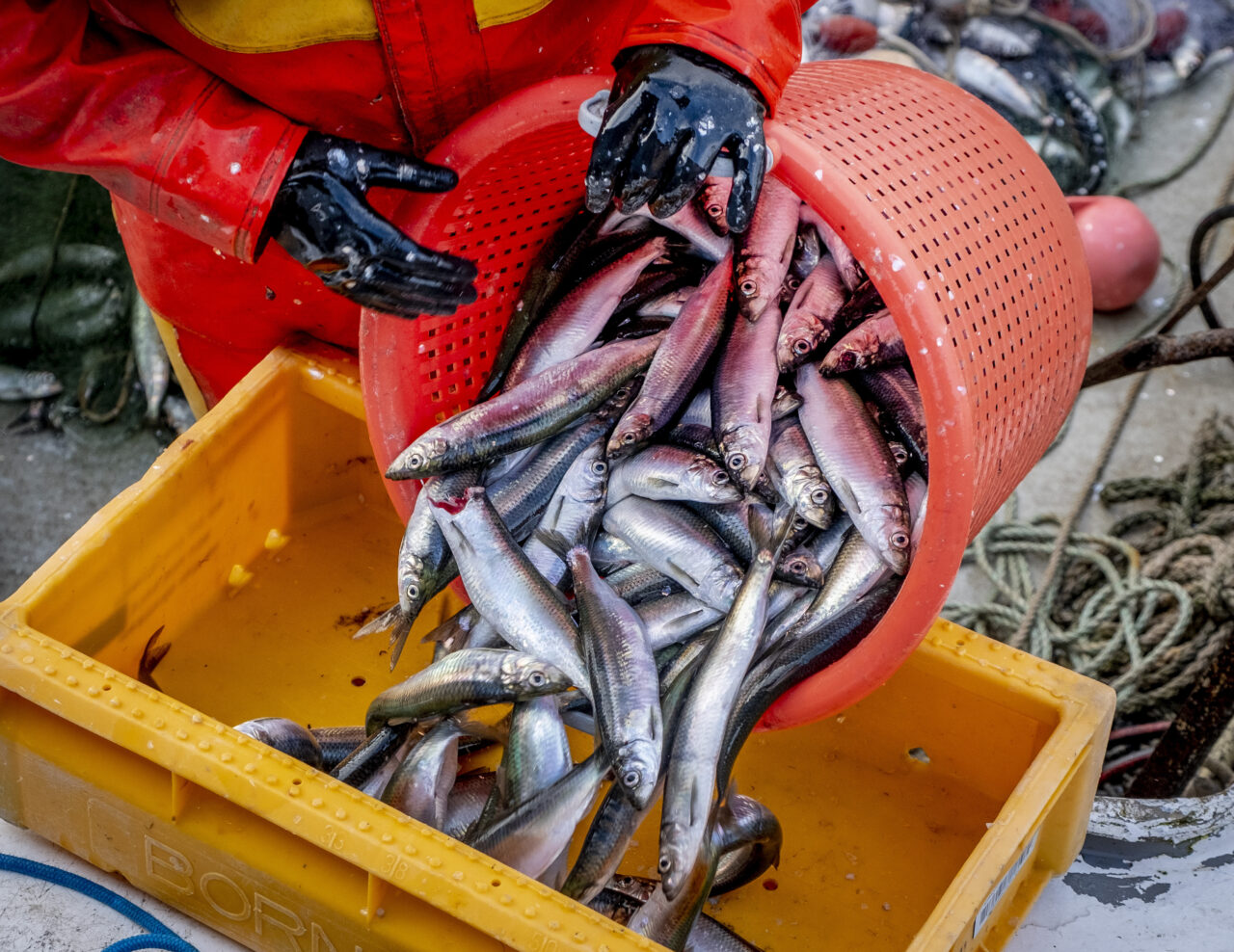
The EU Commission proposes a stop to herring fishing in the Baltic Sea and the Gulf of Bothnia. The reason is that fish stocks are at or below minimum levels.

I sit in the boat and jig. It rhythmically jerks with the same reel as last year, and the year before that. Every weekend before Midsummer, we have been catching herring at sunset in the bay outside Vätö in Roslagen. We have been doing this for 22 years now.
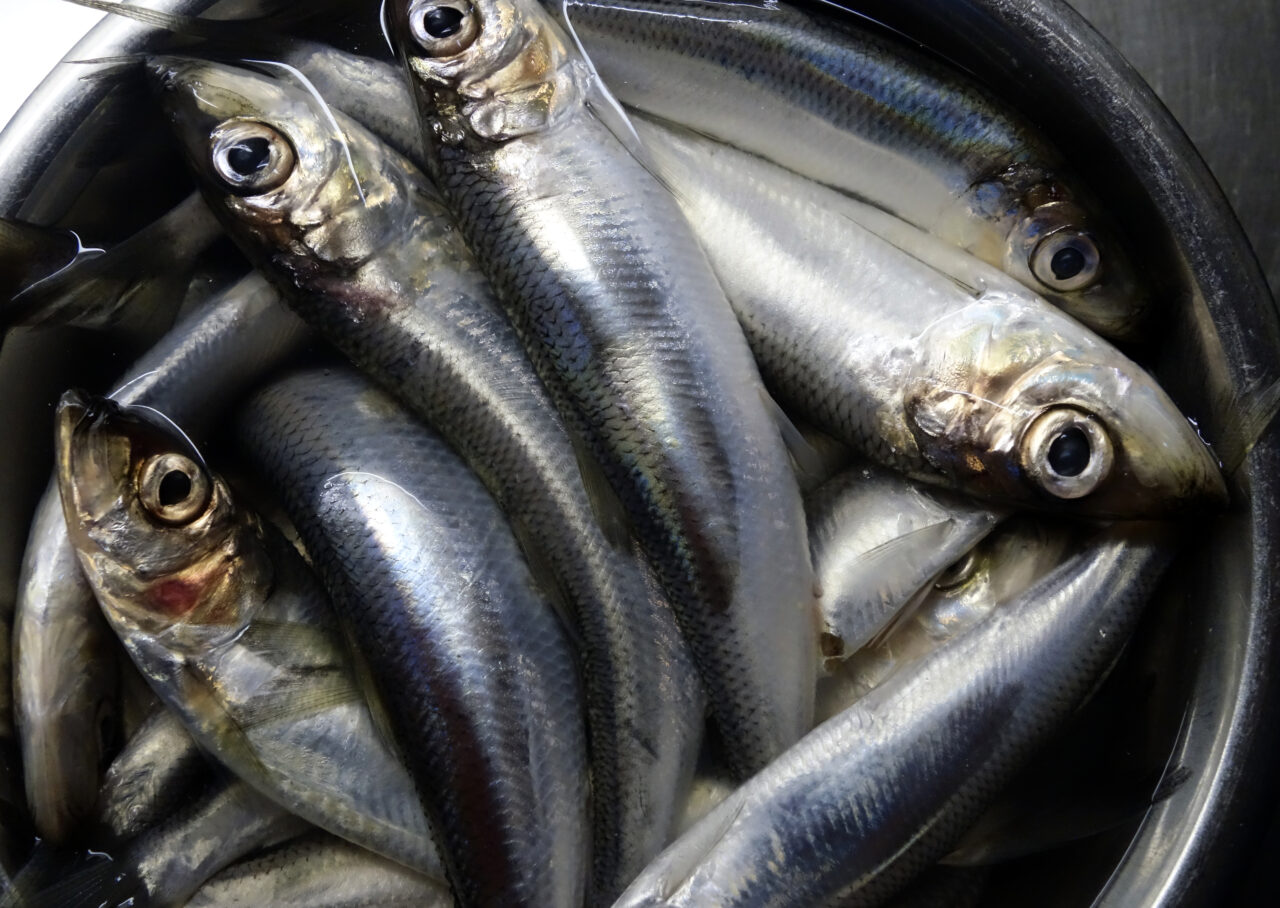
Herring fishing in the Baltic Sea should shrink sharply next year, according to the International Council for the Exploration of the Sea (ICES). The stock is at levels close to or below what is considered sustainable.

Small-scale coastal fishermen in the Baltic Sea have been warning for many years that the availability of herring and herring is declining. The Swedish Agency for Marine and Water Management also sees the same development, reports Swedish Radio's Ekot
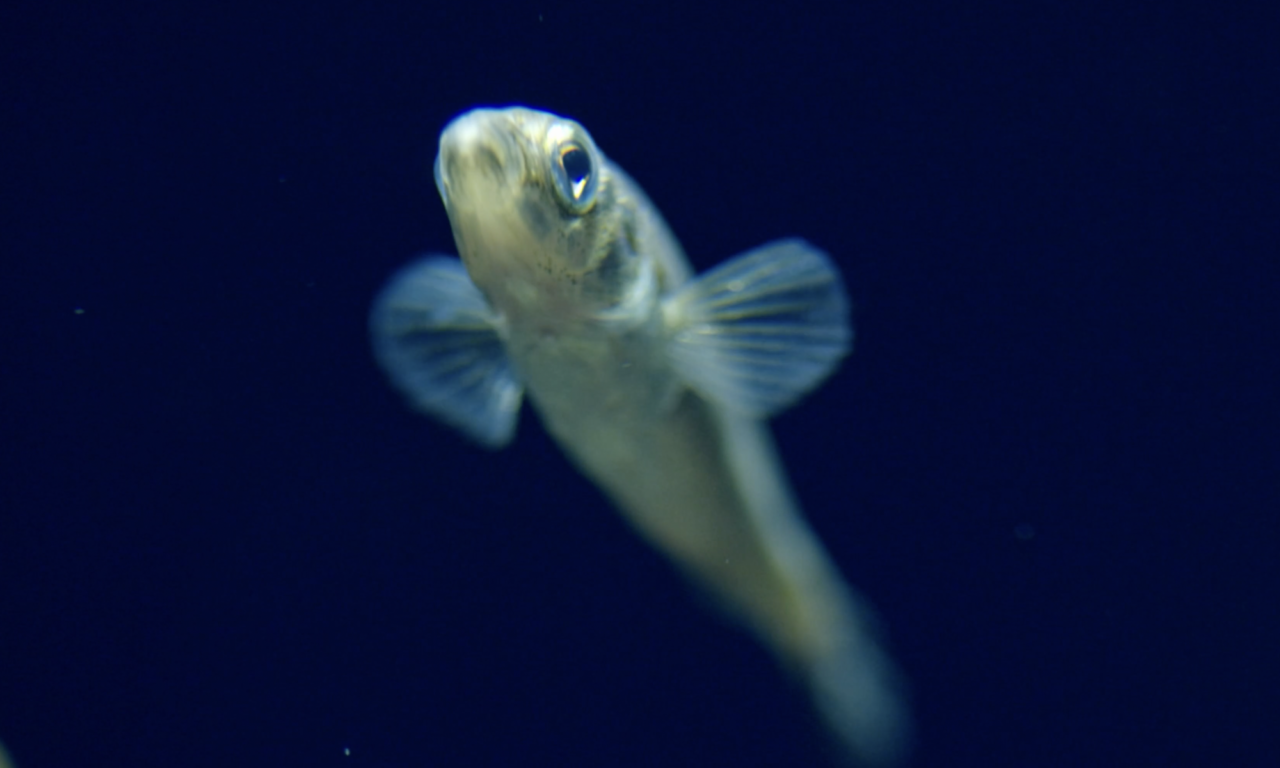
Now it is scientifically confirmed. The number of herring fry is dramatically decreasing in the Stockholm archipelago. Scientists suspect that large-scale industrial fishing is largely to blame for the disappearance of herring. Today, the big stickleback reigns: "It's like a locust invasion," says Gustaf Almqvist, a fishing expert at the County Administrative Board in Stockholm.
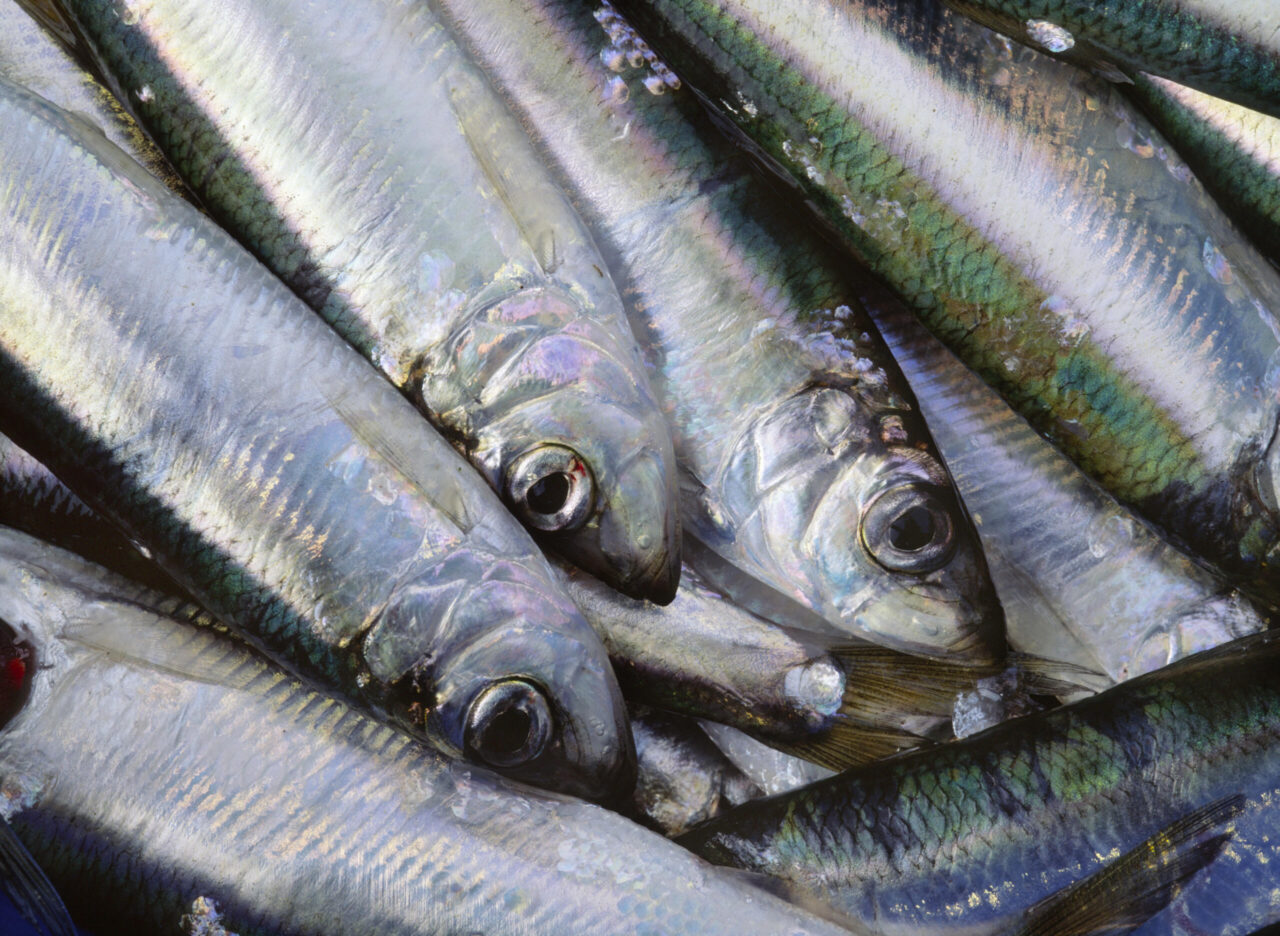
The EU Council of Ministers has reached an agreement on next year's catch quotas for fish in the Baltic Sea and the Sound. The quotas for the disputed herring were reduced by 50% and 45% respectively in the western and central Baltic Sea, while they were increased by 71% in the Gulf of Bothnia
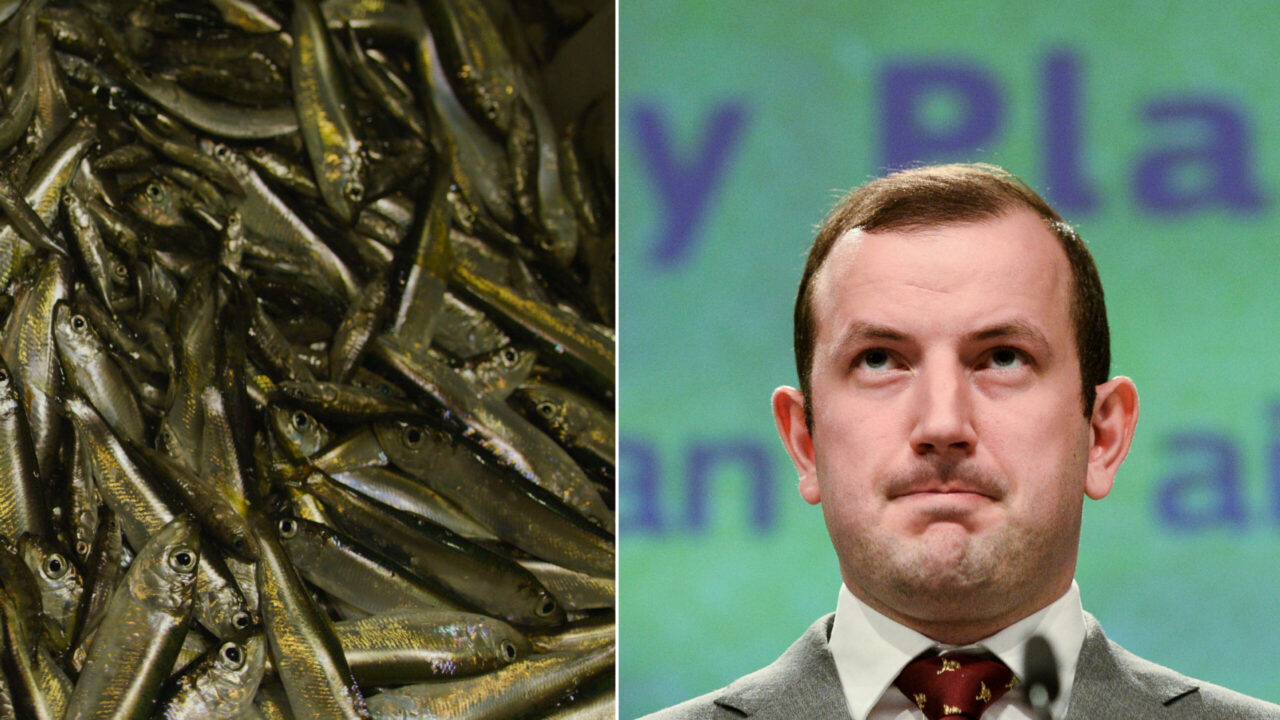
EU countries are currently discussing the 2022 catch quotas for fish in the Baltic Sea and the Sound. The European Commission proposes to significantly reduce quotas, including for the much-discussed herring in the Baltic Sea
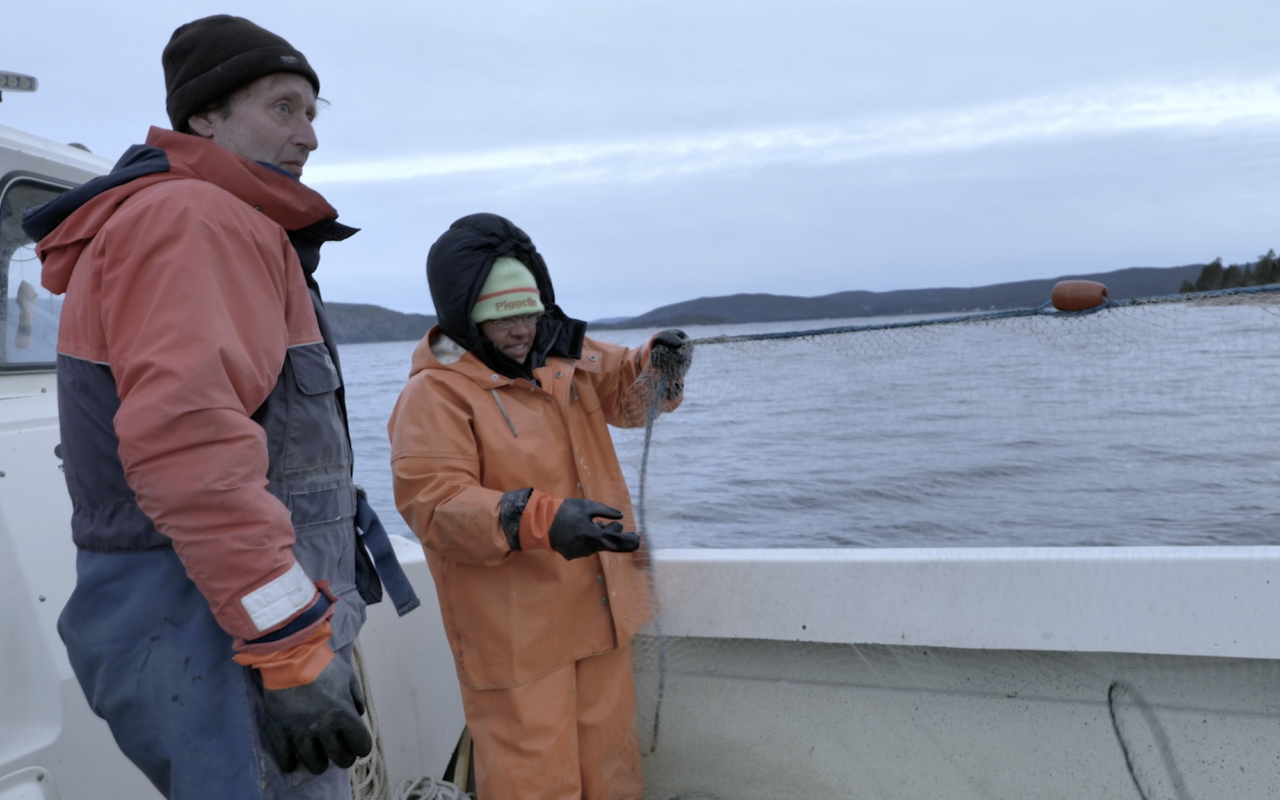
Manjula Gullikson is the only female professional fisherman in Västernorrland. But she finds it increasingly difficult to make a living from the profession. Her herring catch is only getting smaller and smaller

According to a new publication from the Swedish Institute for the Marine Environment, organized fishing was conducted in Stockholm's outer archipelago already in the early Middle Ages
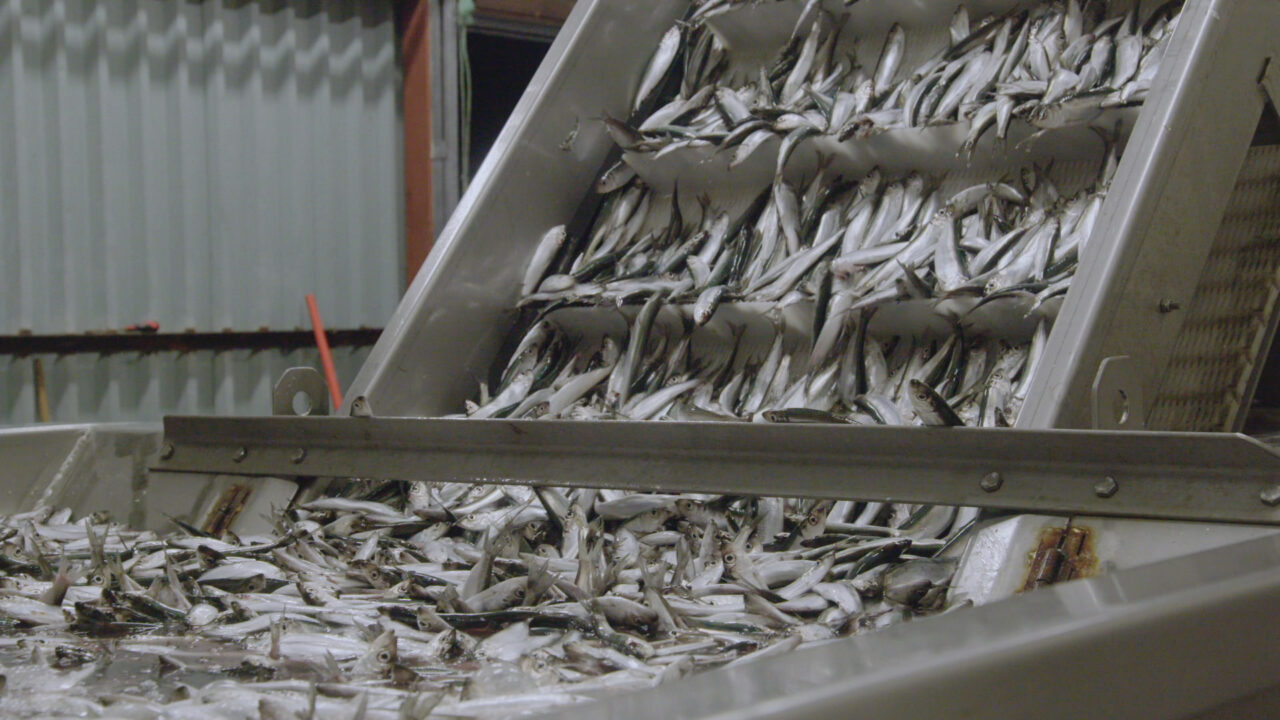
One third of all fish caught is thrown overboard or rots before it reaches the consumer - one in three fish is killed unnecessarily